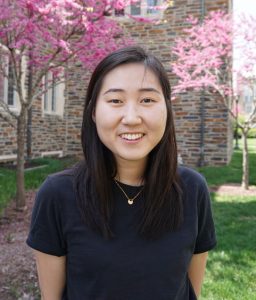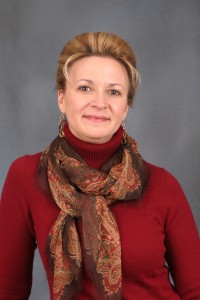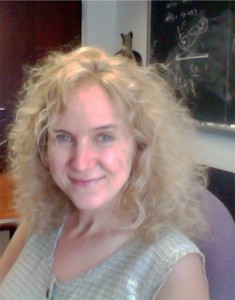 Janet Best. Ohio State University.
Janet Best. Ohio State University.
Professor Best is a mathematician who works on dynamical systems and neuroscience. Since 2008, Fred & Mike have been collaborating with her on the brain metabolism of dopamine, serotonin and histamine, with applications to Parkinson’s Disease and depression. She works with Mike on stochastic switching in neural systems and with Fred & Mike on homeostatic mechanisms in metabolism with applications to precision medicine. (website)
 Parastoo (Parry) Hashemi. University of South Carolina.
Parastoo (Parry) Hashemi. University of South Carolina.
Professor Hashemi is an analytical chemist who uses fast-scan cyclic voltammetry to study neurotransmitters in the mammalian brain. She is the only experimentalist who can measure the time-courses of serotonin and histamine, in vivo, in the extracellular space. With Janet, Mike & Fred, she studies selective serotonin reuptake inhibitors to understand why one of them work well for all patients and different ones work well for different patients. She also studies the co-modulation of serotonin and histamine and the downstream properties of receptors and autoreceptors. (website)
 Marty Golubisky, Ohio State University
Marty Golubisky, Ohio State University
Marty is Distinguished Professor of Natural and Mathematical Sciences at the Ohio State University where he served as Director of the Mathematical Biosciences Institute from 2008 to 2016. He works in the fields of nonlinear dynamics and bifurcation theory studying the role of symmetry in the formation of patterns in physical and biological systems. Stimulated by the many homeostatic mechanisms found by Fred and Mike in biochemical systems, he has been proving general theorems about the properties of networks that give rise to homeostatic behavior. For further information see: https://www.asc.ohio-state.edu/golubitsky.4/
Ruby is a PhD student in the Mathematics Department working with Mike Reed. She works on the reciprocal influences of circadian rhythms on dopamine and serotonin metabolism. And with Fred and Mike she works on sex differences in one-carbon metabolism.
Mary Gamble, Columbia Univ. (website) Megan Hall, Columbia Univ. (website)
Mary Gamble and Megan Hall are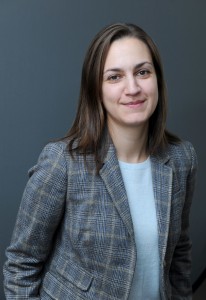 professors of environmental health sciences and epidemiology, respectively. They study arsenic metabolism and detoxification and conduct field studies in Bangladesh where a large portion of the population is subject to arsenic poisoning due to arsenic in the drinking water. Arsenic is detoxified by methylation reactions in the methionine cycle. With Fred & Mike they study competing methyltransferases, and which compounds can be given to people in Bangladesh to aid arsenic detoxification. With Sean Lawley, Fred & Mike, they constructed a whole-body model of arsenic metabolism and excretion and studied the kinetics of arsenic methyltransferases.
professors of environmental health sciences and epidemiology, respectively. They study arsenic metabolism and detoxification and conduct field studies in Bangladesh where a large portion of the population is subject to arsenic poisoning due to arsenic in the drinking water. Arsenic is detoxified by methylation reactions in the methionine cycle. With Fred & Mike they study competing methyltransferases, and which compounds can be given to people in Bangladesh to aid arsenic detoxification. With Sean Lawley, Fred & Mike, they constructed a whole-body model of arsenic metabolism and excretion and studied the kinetics of arsenic methyltransferases.
 Jesse Gregory, University of Florida
Jesse Gregory, University of Florida
Jesse Gregory is Professor of Food Science and Human Nutrition. He has worked extensively on folate and vitamin B-6 metabolism. Low folate status in mothers is associated with a higher risk of neural tube defects in babies, which is why cereal products are supplemented with folate in the US. With fred & Mike, Jesse has studied mathematical models of folate metabolism, vitamin B-6 metabolism, tryptophan metabolism and kynurenine metabolism. (website)
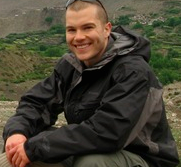 Sean Lawley. University of Utah
Sean Lawley. University of Utah
Sean Lawley is an assistant professor at the University of Utah. He received a PhD in Mathematics from Duke University in 2014 under the direction of Michael Reed and Jonathan Mattingly. He studies the statistics of the asymptotic behavior of dynamical systems and partial differential equations that switch stochastically between different dynamics. This work was originally motivated by trying to understand oxygen uptake in insects when their spiracles are open, closed or fluttering. Finally, he works on neural switching with Janet and Mike. (website)
 Shalla Hanson. Duke University.
Shalla Hanson. Duke University.
Shalla Hanson was a graduate student in the Mathematics Department who works with Mike and Luis Sanchez-Perez to make mathematical models of immunotherapies for cancers. These therapies focus on mechanisms that stimulate the bodies own self defenses to attack the cancer cells. Many difficult questions in mathematical modeling and dynamical systems are involved.
 Lydia Bilinsky. University of Michigan
Lydia Bilinsky. University of Michigan
Lydia Bilinsky received the PhD in Mathematics in 2013 from the Arizona State University and was a postdoctoral fellow in the Mathematics Department at Duke from 2013 to 2016. With Fred & Mike she studies the biochemical mechanisms in the liver by which acetaminophen is detoxified. The goal of the work is to develop new antidote protocols that can be given for acetaminophen overdoses in emergency rooms. She also studies the species and gender differences in acetaminophen metabolism.
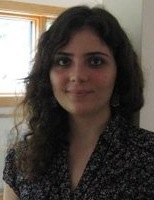 Ezgi Temamoglulari. Duke University.
Ezgi Temamoglulari. Duke University.
Ezgi Temamogullari was a graduate student in the Mathematics Department working on GnRH signaling of pituitary cells that produce luteinizing hormone and follicle stimulating hormone. She has made partial differential equation models of cell perfusion experiments that have been very useful for the interpretation of experimental data. She also works on theoretical questions in hyperbolic partial differential equations that arise naturally in these biological situations. She is currently a postdoctoral fellow in the Cell Biology Department of the Texas Southwestern Medical Center.

Farrah Sadre-Marandi, qPharmetra, LLC, Denver, Co.
Farrah was a postdoctoral Fellow at the MBI. She received her Ph.D. from Colorado State University in 2015. She works with Fred, Mike, and Janet on population models of serotonin metabolism in the brain. With Fred and Mike she is working on a project that focuses on gender differences in one-carbon metabolism.
